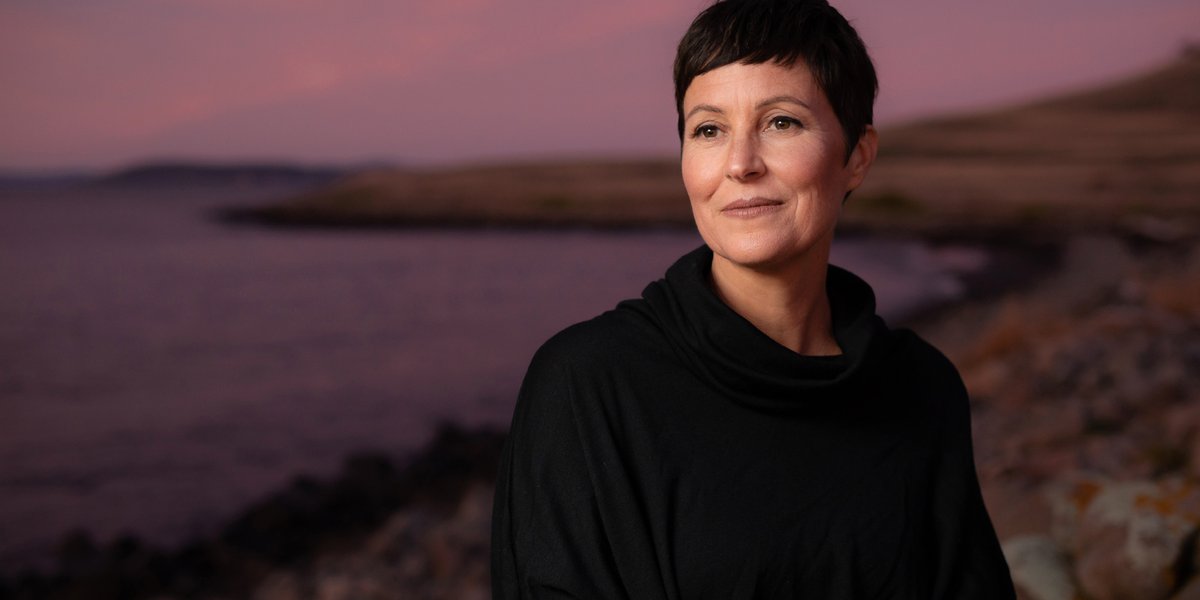Robert Clifford
“I don’t feel we’ve reached the top. We could be at the beginning of something really extraordinary."
“We could make a more beautiful boat, more attractive, more curved lines like a speed boat – more modern."
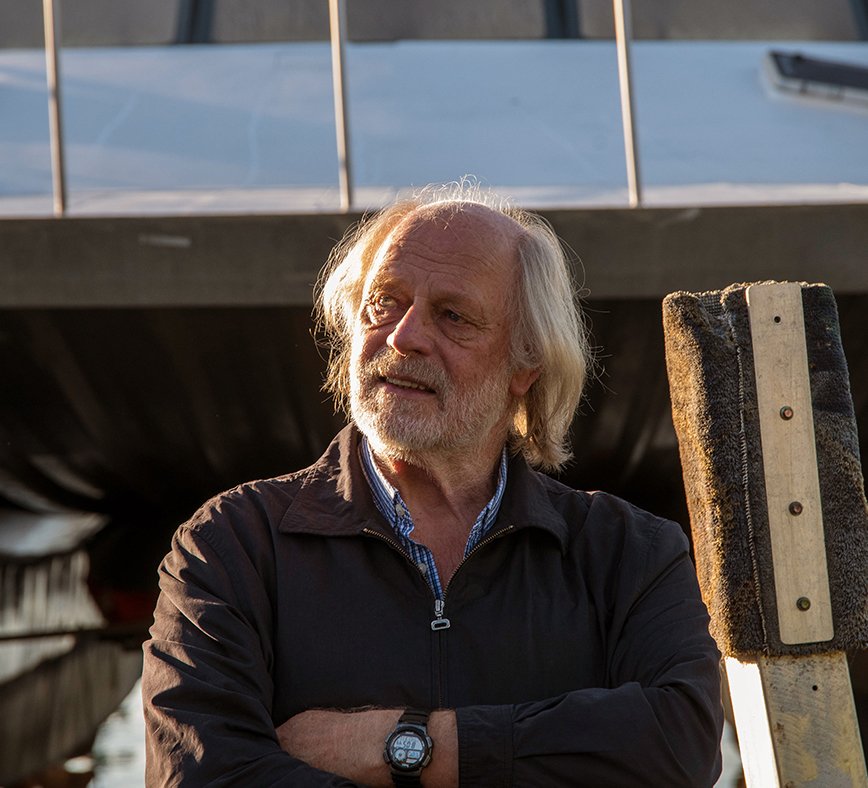
In school, Robert Clifford built a model of Bluebird, Donald Campbell’s record-breaking speedboat.
At the time he went to and from school on a ferry, and loved being on the water every day. Then the era of the two-car family, and Hobart’s Tasman Bridge, put an end to the Tasmanian ferry industry.
But Robert knew where he wanted to be.
“I wanted to be on the water,” he says. “But I couldn’t make a living in sailing. I had to go fishing, even though I didn’t want to be a fisherman.”
It wasn’t an easy life, going after scallops and crayfish on small boats.
He carried a dream, from childhood, of building something – of returning to a time when we travelled on ferries.
So he started a ferry business.
“It wasn’t successful,” he says.
His ferries only made money as a tourism business, taking visitors on night cruises. The cruises were going so well they had two boats running. Then in early January, 1975, a bulk zinc ore carrier hit the Tasman Bridge. It was an immediate tragedy, with 12 deaths, and an economic disaster for Greater Hobart as there was no way to cross the River Derwent. Hobart’s east – west connection had been broken.
“We immediately started at 6am the first day the bridge was down,” says Robert. “Our record day was 29 000 people on two boats, literally working 24 hours a day. A week after we started I rang my boat building friends: you better get the material together for another boat. We had one built within six months, a second within 12 months, and a third within two years.”
Then Robert thought back to Bluebird, and hired a hovercraft. It was only a third of the size of the other boats but it went twice the speed. “We were able to charge double the fare. People were happy to pay more to get there quicker.”
But the hovercraft wasn’t quite right. Its maintenance and operational costs were too messy. Robert realised the boat he really wanted didn’t yet exist.
“We immediately set out to design a catamaran to do double the work of the other boats at twice the speed. It went 26.1 knots, better than we anticipated. It could serve more passengers in a given time, with a smaller crew. It was all about faster, more efficient boats.
“We realised: this is the beginning of something pretty big.”

Robert’s first prototype did what he needed it to do. But it was, in his words, a pretty ugly-looking boat. He thought about his customers, people who admired efficiency as he did. They tended also to admire elegance.
“We could make a more beautiful boat, more attractive, more curved lines like a speed boat – more modern. The first two boats were rather ugly. Ugly doesn’t sell.”
By the time they were building the third boat it was aluminium, with lovely lines and curves. It was fast, attractive, lightweight, and fuel efficient. It could operate with a smaller crew.
“It turned what was a good idea into a very good idea.”
INCAT is still in the business of efficiency and elegance. Robert and his team at Derwent Park are always looking for ways to run faster, lighter, and cleaner.
“We are a research company, really. If we look to the future now, clearly fossil fuels are on the way out. I feel at this stage there is more to do: more efficiency. We could lead electric ferries on the world market. We have a major advantage over every other shipbuilder in the world. Ours are already lighter and take less power than any other ship. We have an opportunity ahead of us to move on to bigger and better things.”
Robert is thinking about batteries. He’s thinking about building his boats in a state that generates more renewable electricity than it uses.
“I don’t feel we’ve reached the top,” he says. “We could be at the beginning of something really extraordinary. We can carry thousands of tonnes of cargo with less power, with our electric ships. We can move people with zero carbon.”
Tasmanian Maritime – “quiet mastery”
The Southern Ocean is a place of risk and adventure, a dangerous place of cold wind, rain, and giant seas. Good enough, in turbulent Tasmanian water, is never good enough. If we fail in the Southern Ocean or Bass Strait, it isn’t a setback. It’s deadly.
This inspired our craft and our traditions, from the first Tasmanians to the 19th Century shipbuilders, and it defined our culture. In the second half of the Twentieth Century a new generation of young Tasmanians grew up sailing together. They competed. They cooperated. They developed an obsessive passion for the sea.
These unstoppable maritime entrepreneurs changed everything.
They started small, working together and pushing one another to be better. They didn’t build the most ships but they worked hard to create the strongest ships and the fastest ships, the most elegant wooden boats of Huon and King Billy pine, the toughest equipment and the safest, most sophisticated systems.
As the Sydney to Hobart Yacht Race attracted the best sailors and finest technology in the world, it gave Tasmanian maritime entrepreneurs the confidence to test themselves - to take Tasmanian ingenuity across every ocean, to every port on the planet.
It’s harder in Tasmania. We can’t import solutions because they won’t work here. We can’t be complacent. Because of where we live, everything we do and make has to be better, more durable, more reliable, more advanced.
In Tasmania we design, we research, we educate, we cooperate, and we build with quiet mastery. It’s who we are.
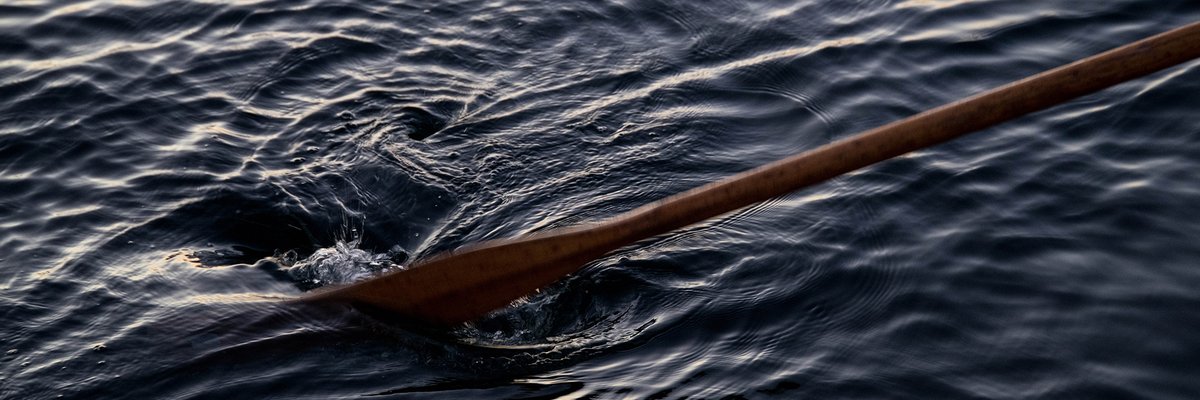
Robert Clifford is one of 18 Tasmanians featured in our short film about the Tasmanian story. Robert’s scene was filmed on the Derwent River, Hobart.
Read about more Tasmanians
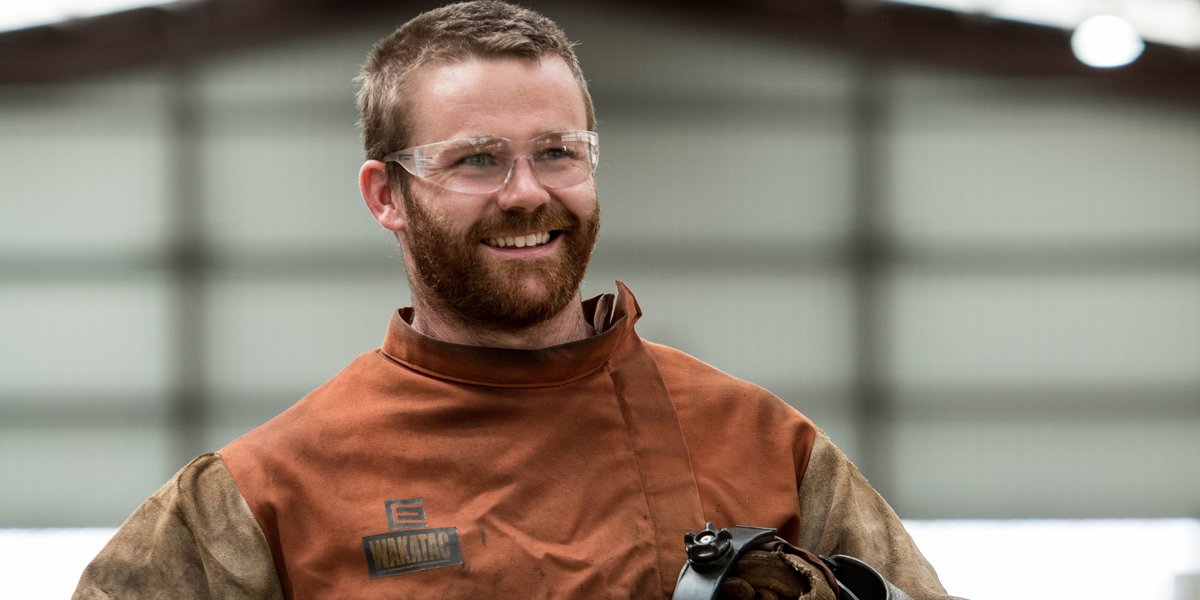
Ethan Bligh
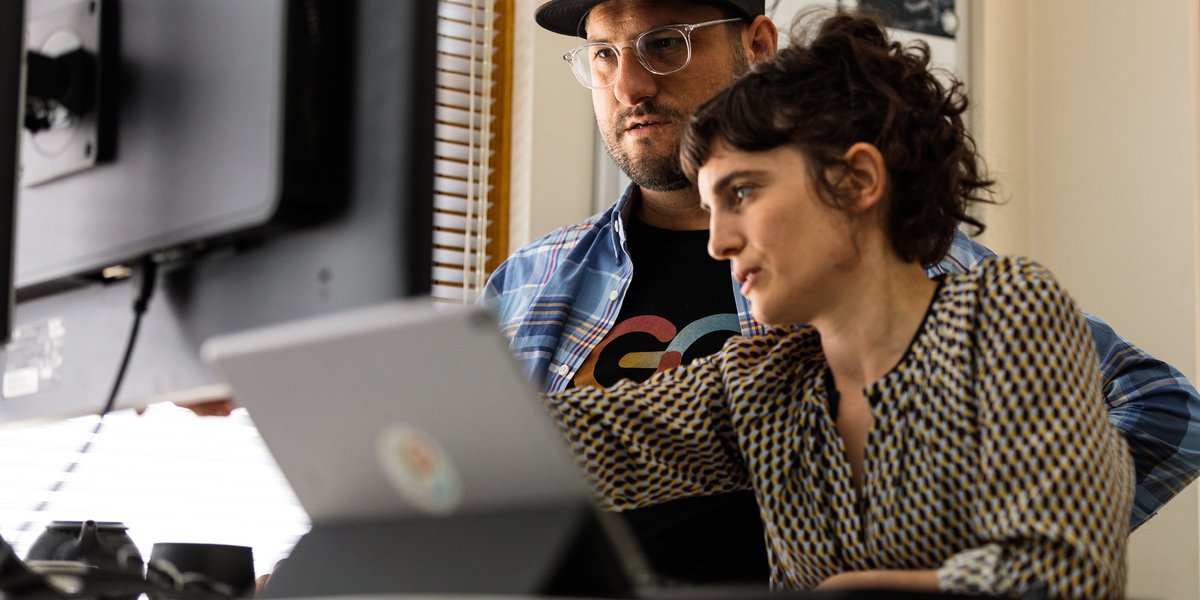
Roxane and Alex Bandini-Maeder
